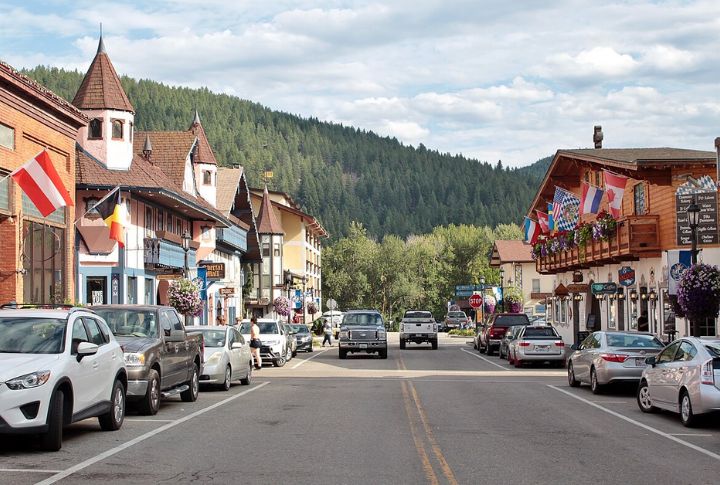
Can you imagine a place without a single chain restaurant? A town where the main streets are lined with family businesses that opened when your grandparents were young. And the same families run small bookshops and hardware stores, with customers whose great-grandchildren will probably shop there too. These towns in America are where tradition runs deeper than trends.
Virginia City, Nevada
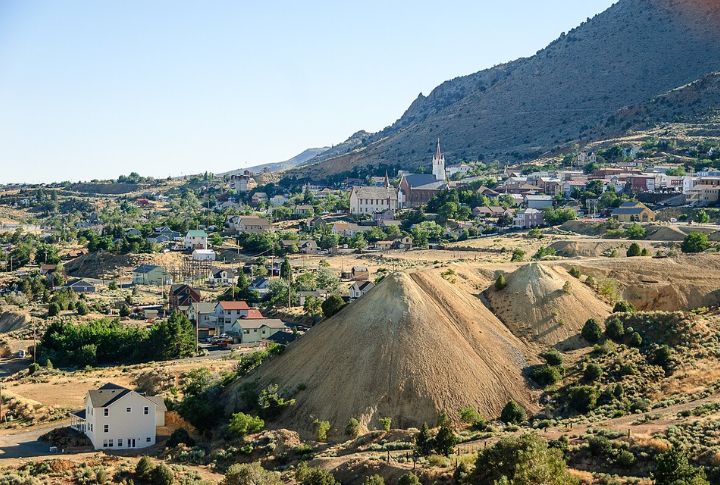
The Comstock Lode’s legendary silver fortune built this town, and somehow it never moved on. Original wooden saloons, opera houses, along with the steam-powered Virginia and Truckee Railroad, still operate exactly as they did when Mark Twain sharpened his reporting skills at the Territorial Enterprise pressroom in the 1860s.
Jim Thorpe, Pennsylvania
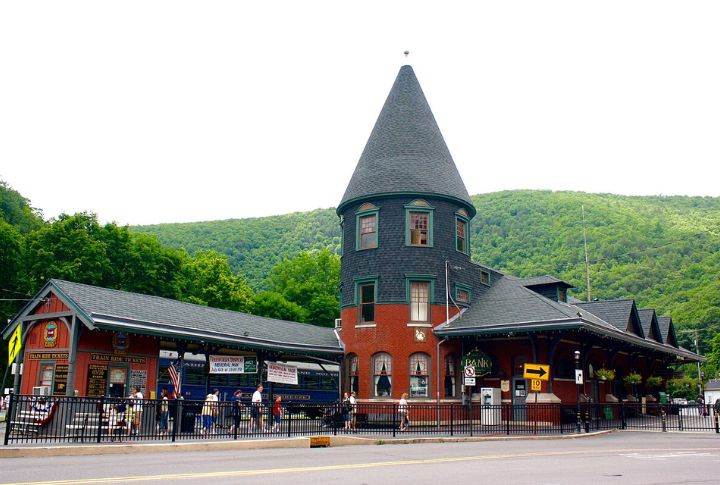
Located between forested mountains, this former coal town reinvented itself by honoring the legendary multi-sport Olympian Jim Thorpe, after his 1954 burial here. Beautiful old Victorian houses sit on the hillsides, and you can ride vintage trains through the pretty Lehigh Gorge. Moreover, ghost tours take visitors through several spooky old mansions.
Jerome, Arizona
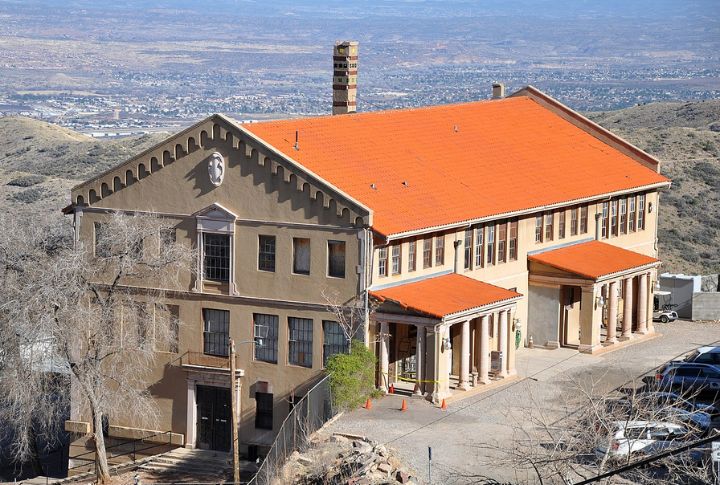
Once called the “Wickedest Town in the West,” this copper mining camp clings dramatically to Cleopatra Hill’s steep slopes. The Jerome Grand Hotel—initially built as a hospital in 1927, where 9,000 people died—now welcomes guests with original fixtures. People have reported ghostly encounters in its restored halls.
Deadwood, South Dakota
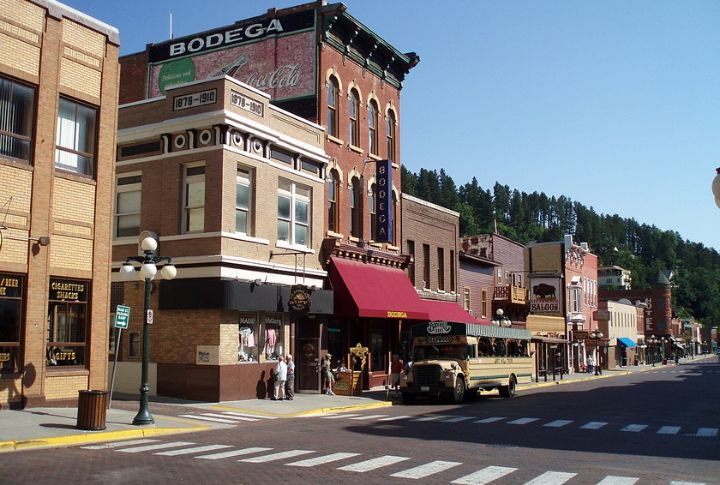
Every day, actors stage Wild West shootouts on Main Street. This town is also where the famous gunslinger Wild Bill Hickok was killed on August 2, 1876. He was shot while playing poker, holding aces and eights. Today, old-style casinos operate inside real 1870s buildings. Deadwood continues to keep its gold rush history alive with bright lights and fun games.
Eureka Springs, Arkansas
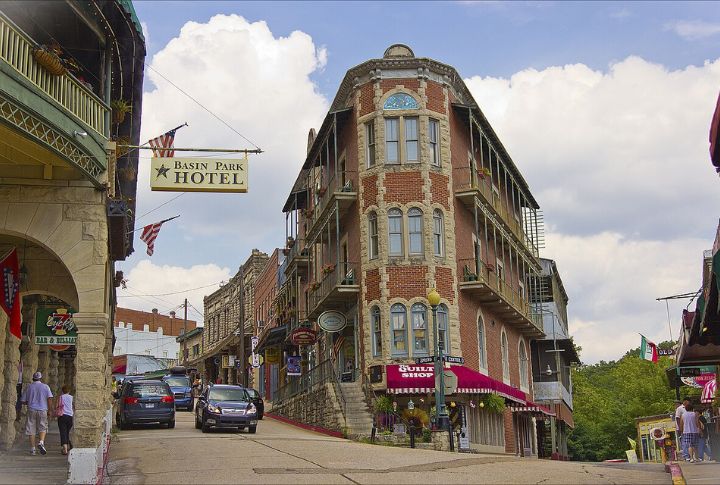
Winding Victorian streets follow the natural contours of the Ozark Mountains, completely free of traffic lights since the town’s founding in 1879. Native Americans once called these “healing springs” sacred ground. Today, horse-drawn carriages still roll through the fully preserved downtown, which is now recognized on the National Register of Historic Places.
Galena, Illinois
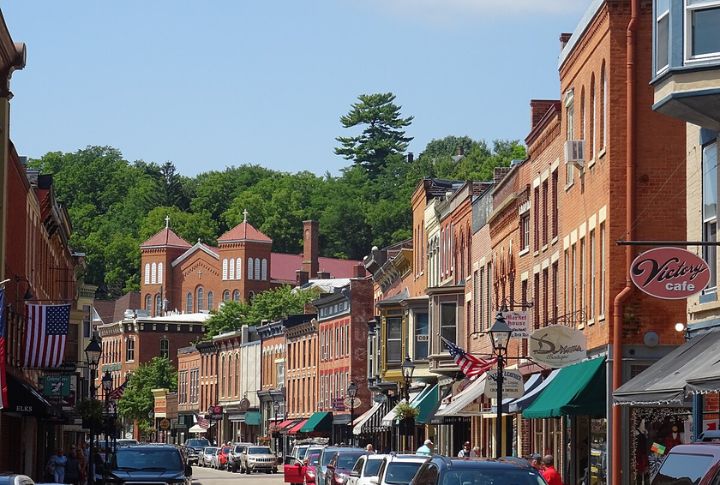
Grateful townspeople gifted Ulysses S. Grant his 1860 Italianate home in Galena after the Civil War. Today, it sits as a preserved museum with original furnishings. Over 85% of downtown buildings showcase ornate iron balconies within the protected historic district. Just below, the Galena River flows with the same quiet charm it had during the steamboat era.
Cody, Wyoming
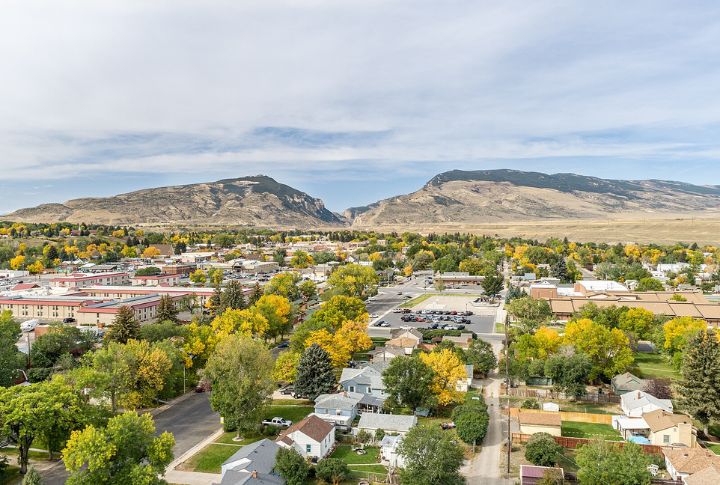
Buffalo Bill Cody himself founded this frontier town in 1896, and his legacy thunders through nightly summer rodeos beneath the Big Horn Mountains. Wooden storefronts still display hitching posts along the main drag. And the massive Buffalo Bill Center of the West houses five museums rivaling the Smithsonian’s scope.
Harper’s Ferry, West Virginia
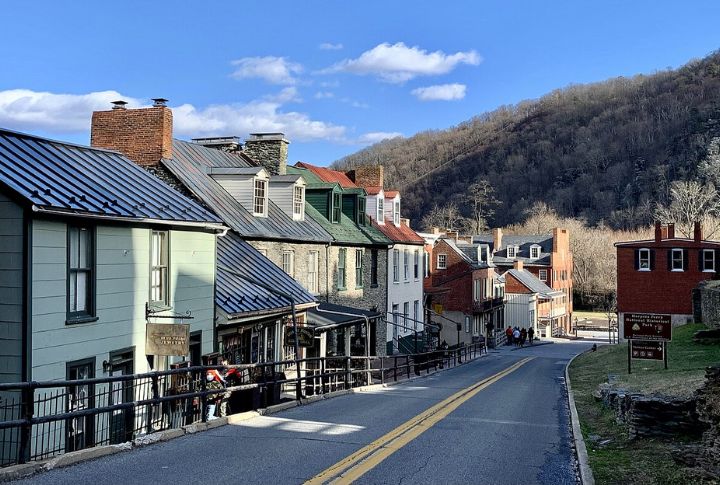
Where Maryland, Virginia, and West Virginia converge, Harper’s Ferry tells the story of John Brown’s raid and its pivotal role in Civil War history. The original federal armory buildings stand intact, while visitors can still walk the very trail to John Brown’s Fort, where his anti-slavery crusade began.
Bardstown, Kentucky
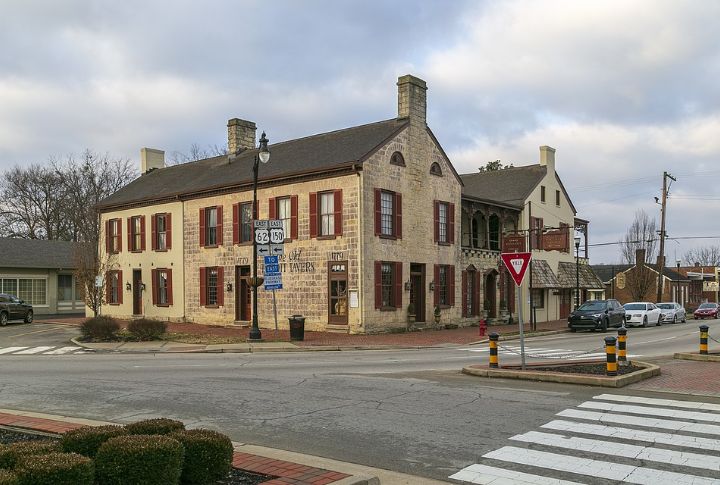
Kentucky’s self-proclaimed “Bourbon Capital of the World” flows with liquid gold from eleven active distilleries surrounding the preserved 1700s courthouse square. Stephen Foster’s “My Old Kentucky Home” estate anchors this colonial gem, often crowned America’s most beautiful small town by national magazines.
Mystic, Connecticut
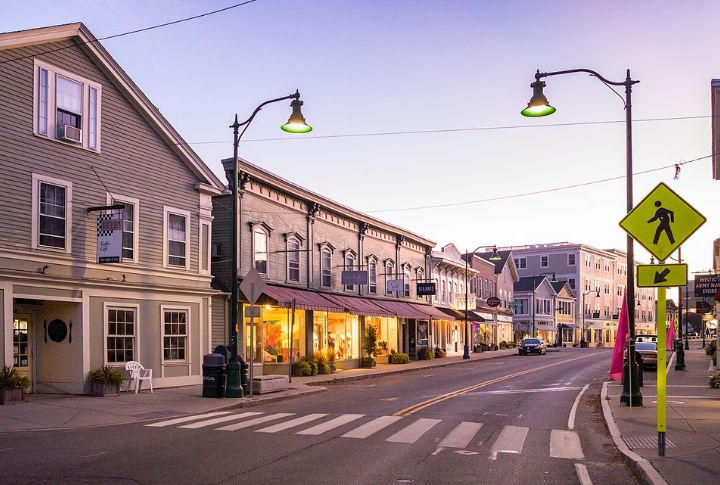
Shipbuilders once crafted whaling vessels along these same harbor waters where wooden boats still bob beneath towering masts. Mystic Seaport’s living history museum brings 19th-century maritime life to shore. Across town, the famous “Mystic Pizza” parlor draws visitors looking to taste a slice of Hollywood history.
Bisbee, Arizona
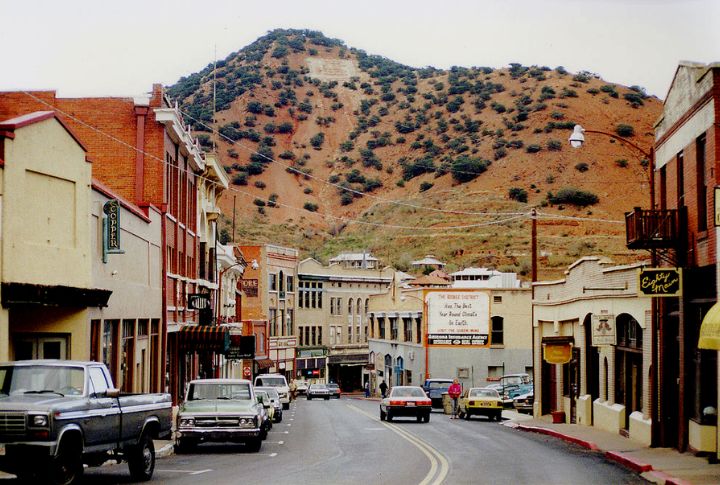
Victorian mansions cascade down impossible hillsides where copper mining once ruled in spots that are accessible only by steep staircases carved into the mountainside. Along narrow, twisting streets of this former boomtown, century-old saloons keep the past alive. But today? Brisbee is famous for its offbeat and unforgettable Halloween celebration.
Natchitoches, Louisiana
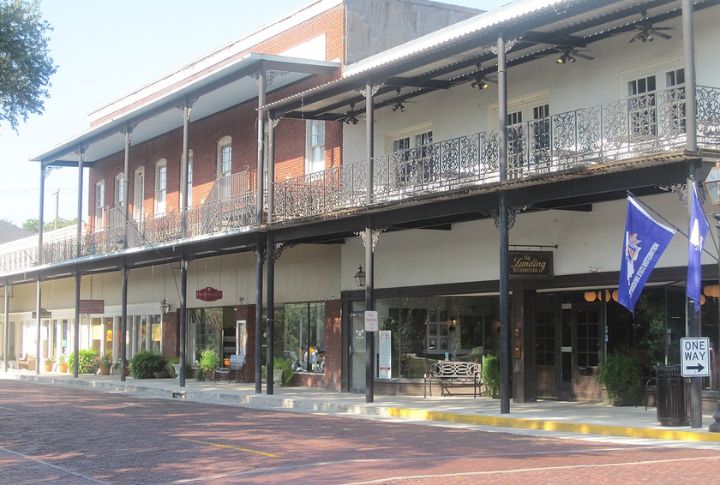
Founded in 1714 as a French trading outpost, Natchitoches became Louisiana’s first permanent settlement along the Red River. The Cane River district also showcases preserved French Creole architecture featuring raised cottages with wraparound galleries. The Christmas Festival of Lights transforms downtown into a winter wonderland each December.
St. Augustine, Florida
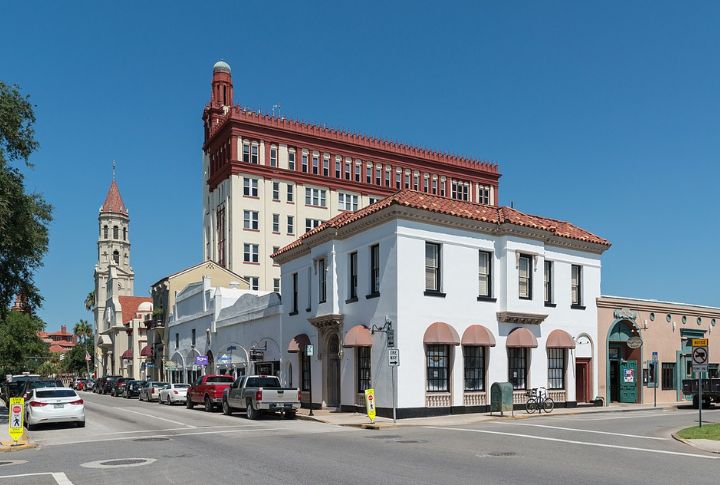
Cobblestone streets wind through America’s oldest continuously inhabited European settlement, established by Spanish conquistador Pedro Menendez de Aviles in 1565. The fortress walls of Castillo de San Marcos rise from coquina limestone, built from crushed shells to absorb cannon fire. Ghost tours draw many visitors through moonlit colonial districts.
Abilene, Kansas
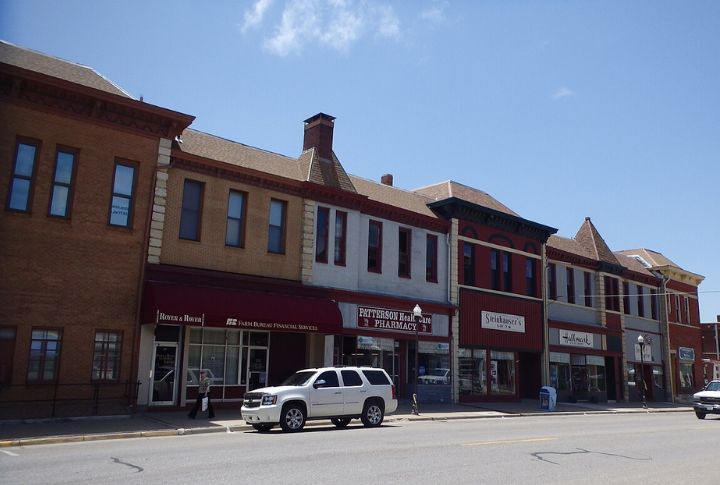
Wild West history pulses through this former cattle town where Texas herds met the Kansas Pacific Railroad during the 1860s boom years. President Eisenhower’s boyhood home stands preserved as a tribute to small-town America. The historic carousel with hand-painted horses has been operational since 1901, so don’t miss out on that!.
Berlin, Nevada
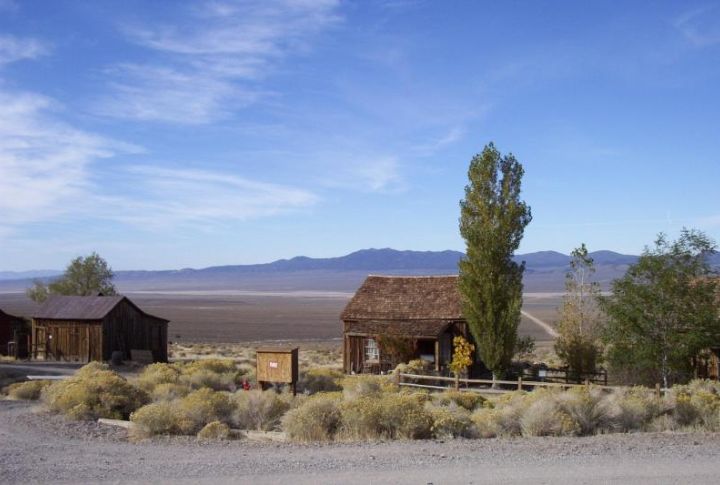
Gold veins discovered in 1896 birthed this remote mining camp among the Shoshone Mountains. The Berlin Mine produced 42,000 troy ounces before becoming unprofitable by 1911, leaving behind perfectly preserved wooden structures. Now, it is a state historic park protecting both ghost town remnants and North America’s most abundant ichthyosaur fossils.
Woodstock, Vermont
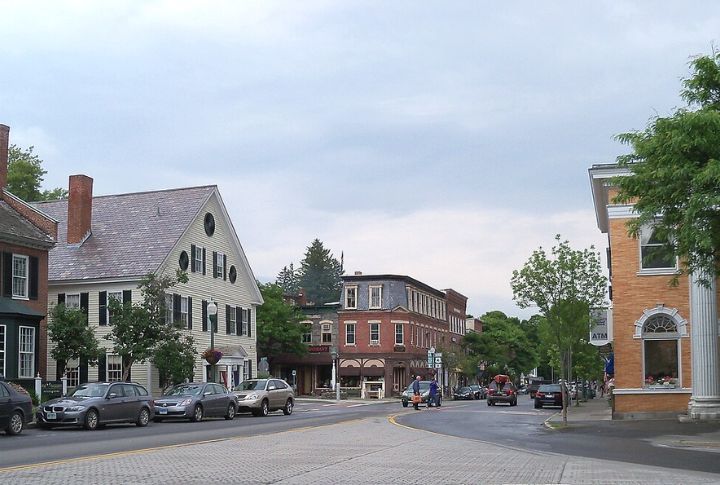
Chartered fifteen years before American independence, Woodstock evolved from an entrepreneurial hub to a quintessential New England village. The Middle Covered Bridge spans the Ottauquechee River, while F.H. Gillingham & Sons has continued operating from the same family since 1886. Stone walls and colonial architecture remain virtually unchanged since the early 1800s.
Leavenworth, Washington
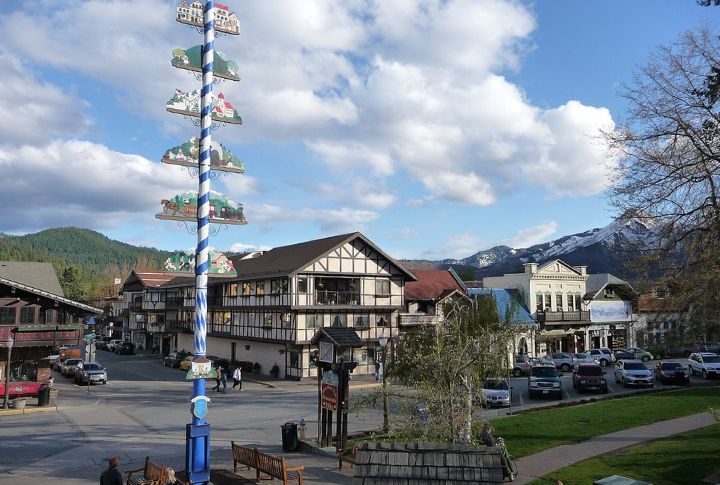
Transformed in the 1960s from a dying logging town into a Bavarian alpine village, Leavenworth’s complete architectural makeover saved its economy through tourism. Every building displays traditional German design with hand-painted murals, wooden balconies, and Old World signage. Authentic Oktoberfest celebrations fill the streets with lederhosen-clad visitors.
Mackinac Island, Michigan
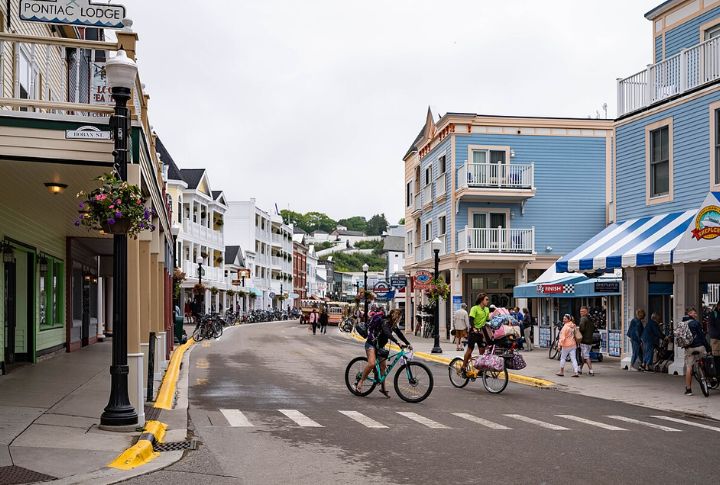
Horse hooves echo on Victorian-era streets where automobiles have been banned since 1898, creating an authentic step back through time. The Grand Hotel’s 660-foot porch has welcomed guests since 1887 with original turn-of-the-century elegance. Downtown fudge shops continue hand-pulling confections using recipes passed down through generations.
New Castle, Delaware
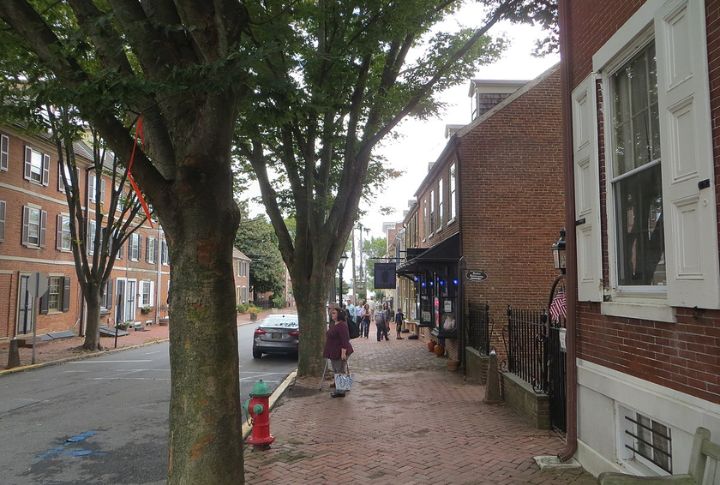
Originally settled by Dutch colonists in 1651, New Castle’s brick-paved streets and Georgian architecture transport visitors directly into colonial America. Revolutionary War-era buildings now house modern businesses, yet their 18th-century facades remain fully intact. Historic reenactments regularly bring costumed interpreters to the town green where George Washington once walked.
Ely, Nevada
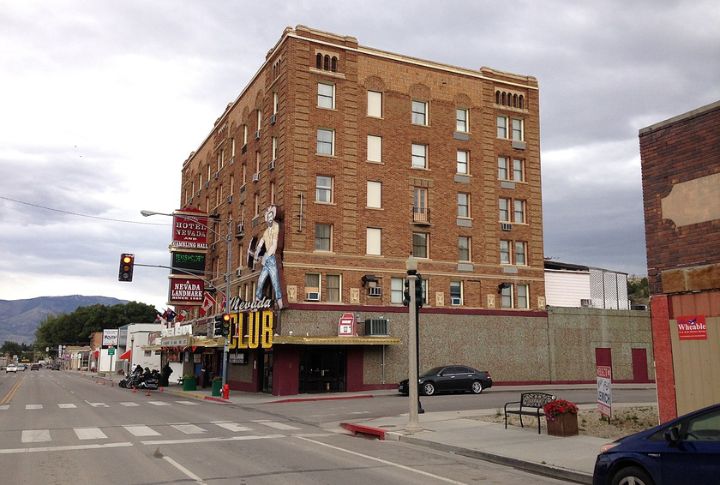
In Nevada’s high desert, steam locomotives still haul tourists through Ely. It used to be a preserved mining town once powered by copper. Entire walls display hand-painted scenes of life underground, and even the classic diners haven’t changed since the 1950s, their neon signs still lighting up the dark. The years passed, but nothing ever pushed this town to change.

